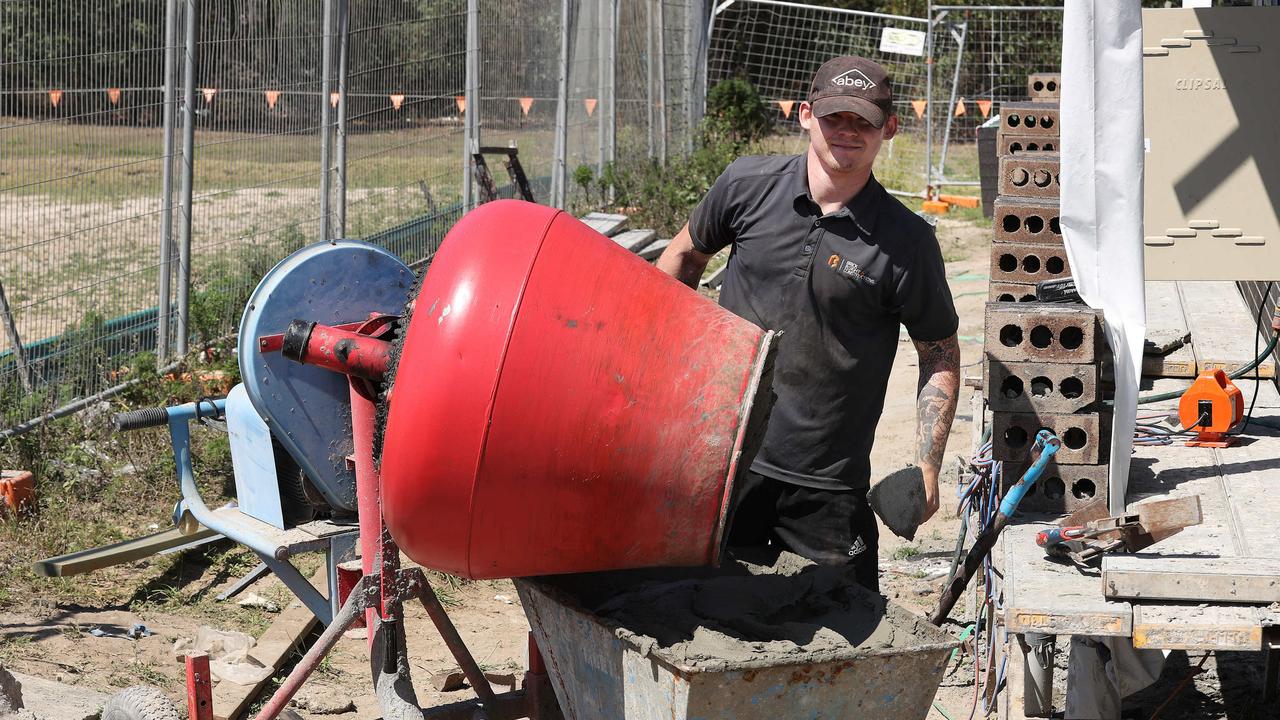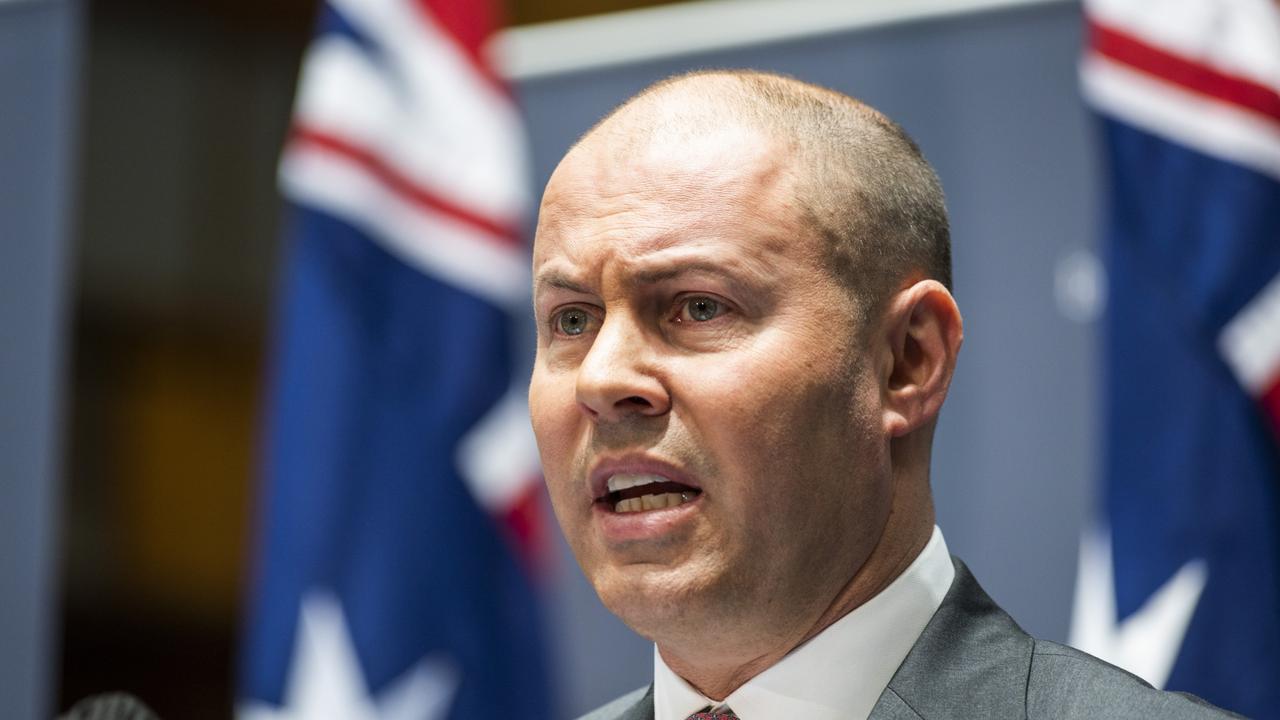Unemployment rate: RBA on alert as March jobless figure unexpectedly holds at 4 per cent
The March jobless rate has surprised the market, with economists and homeowners now waiting to see if it’ll prompt the RBA to lift rates.
The government is cheering the fact that Australia’s unemployment rate for March held steady at 4 per cent, even though many expected the rate to drop to a 50-year low.
The Australian Bureau of Statistics on Thursday reported about 18,000 more people had jobs in March, missing market expectations of a 30,000 rise.
The result was not quite the 3.9 per cent rate that economists and even Prime Minister Scott Morrison himself had expected, although Treasurer Josh Frydenberg seized on the fact youth employment improved, and women’s unemployment is now at a 50-year low.
That said, total monthly hours worked fell by 10 million hours in March, something AMP Capital chief economist Shane Oliver said may have reflected flood disruptions in northern NSW and southern Queensland.
The local sharemarket rose modestly on the jobs data as traders bet on the Reserve Bank now holding off until after the May 21 federal election before lifting the rate from its emergency setting of 0.1 per cent.

The benchmark ASX 200 was last up 0.5 per cent at 7511.9, while the Aussie dollar bounced around and was at 74.59 US cents.
Economists had expected the March unemployment rate to fall to 3.9 per cent, which would have been the lowest since late 1974.
It is still expected to drop below 4 per cent sometime this year.
Morrison often points to his government’s record on the economy as a key reason why voters should re-elect him on May 21, telling media in Tasmania on Thursday his priorities were: “Jobs, jobs, jobs, jobs and jobs.”
Frydenberg said there were now 400,00 more Australians in employment since the start of the Covid pandemic.
Women’s unemployment fell from 3.8 per cent to 3.7 per cent, the lowest it has been since May 1974. It remained at 4.2 per cent for men.
Youth employment, for those aged between 15 and 24, increased by 36,000 for the month.
“While young people were particularly impacted early in the pandemic and during the Delta period, we have continued to see strong increases in youth employment over the past year,” ABS head of labour statistics Bjorn Jarvis said.
Full-time employment in March increased by 20,500 to 9.25 million people, but part-time employment fell by 2,700 to 4.1 million people.
Underemployment and under-utilisation edged lower to 6.3 per cent and 10.3 per cent - both now at levels last seen since 2008 - which is consistent with the recent acceleration in wages growth.

Economists and homeowners will now be closely watching whether these figures are enough for the Reserve Bank to hike interest rates for the first time in 12 years when it meets on May 3.
This appears to be an increasingly unlikely scenario, with people already divided on whether the RBA would pull the trigger during a federal election campaign.
Unemployment had fallen to 4 per cent in February - a mark last seen in 2008 - as Australia’s rebound from the coronavirus pandemic continued unabated.
Many, however, believe the nation’s economic performance has run too hot and will absolutely require interest rates to rise if consumer prices are to be kept in check.



